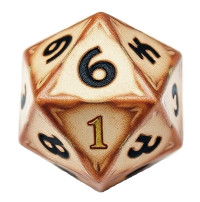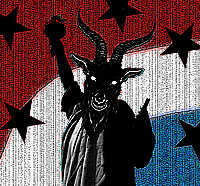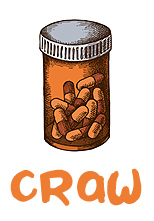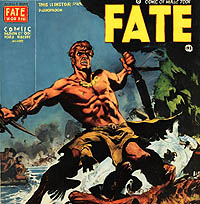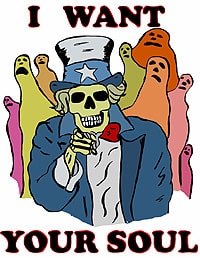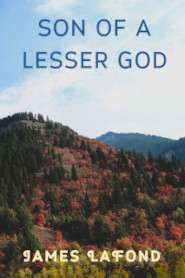“Catching up on Man Weekend posts. Pain tolerance: do fighters see their pain tolerance increase? Or decrease? Do you think it is psychological/physiological/both? And is clinical pain due to illness, can this be comparable, or no?”
-Lynn, Lockhart via text, 1/5/2023
…
Dear, Lady,
Both, for certain.
In 2006, after a four hour meet in which we both got stopped by the two baddest stick-fighters on the East Coast, Charles and I, regular sparring partners, took off a month. A month later we got together and started whacking each other at a level that had permitted both of us to remain a threat to bigger, better men, so much so that they chose to KO us rather than risk a point win. We got the toughness award for taking the most and continuing, fighting in four times as many bouts as the men who beat us, who stayed in their comfort zone.
As we started ripping into each other we both winced and backed up and Charles said, “How did we ever think this was fun!”
Now, I had helped Charles go from having a low pain tolerance to the best, over 4 years. Then, over 4 weeks we lost it all, my having 8 years in. He had done it largely with focus, me with raw toughening, just killing nerves.
There are two types of combat pain:
-passive [getting hit]
-use [tearing soft active tissue while exerting yourself]
The passive pain deadens over time due to hardening of impacted bone and the deadening of nerves.
Use injuries are tougher to get over as the nerves commanding the forever damaged part give signals to the brain “this part my fail!”
I have noted that decades old use injuries nag me sometimes even when thinking of making the motion in meditation and when initiating that motion and when over working it. But places where I got hit and even had bones broken, there is no residual pain trace over the decades, but a permanent resistance to the pain level originally experienced on impact. The exception to this is when connective tissues like ligaments, tendons and cartlige are impacted and heal incompletely and then have a chronic pain trace and a residual use pain signature when in use and impacted. This is why impact injuries to the rib cage are the longest nagging thing suffered by fighters. That cage expands every time you breathe.
One effective way to submerge both kinds of pain is in meditative, focused training and competition, getting in the zone. This has to due with psychological embracing and controlling of use pain and endorphins released during exertion.
The worst kind of pain is use pain that flares when immobile. If I want to be crippled by pain I need only lay in bed enough days, being 3, for my various use injuries to adhere.
Overriding pain with effort, like training your self to go on the attack every time you experience pain or disorientation, is helpful.
I have personally found that the worst pain I have experienced was eye pain, which seems to be residual use pain and nerve pain resulting from long ago sustained head trauma and severe sleep deprivation. The only times I have had pain go beyond ten, was the eye pain, and was the dozen or so occasions when the pain was so bad that it made me pass out, which is an 11, and the half dozen occasions where it got even worse after I passed out and woke me up, which is a 12 in my broken book.
Psychologically, the inner determination that pain is something to be embraced and overcome, is the key element of developing pain tolerance. The modern ideal that pain is a disease and must be cured by drugs or reduced activity does not permit people to develop pain tolerance. People who have not suffered athletically and pushed through the curtain of pain, will have a low mental pain threshold. One aspect here is body building and running pain, slowly developing the ability to work through the pain of fatigue and the burn of exertion. This develops an expanded capacity for pushing through more severe pain, as this is aggressive, the pain caused by you and begging to cease, the pain only driven by your will to continue. Most people do not have this and quit fighting as soon as they get tired.
I often have people ask me about pains they have and discover that they are suffering extreme distress from what I understand as pre-pain, mere discomfort. I was never tough of my own nature and only gained the ability to deal with pain without drug use through training, fighting and recovering. My lowest pain tolerance was in my late 20s when I should have been toughest, but was mentally the weakest due to my comprehensive lack of hope. I regained my youthful pain tolerance in my 30s through adopting a suicidal world view and embracing pain as an escape from work and wife.
So I find in old age that the lack of painful pursuits have doomed many of my fellows to misery and I am now relatively pain free.
Physically, the act of working through pain, of pumping blood through stiff areas, of doping the nerves with inner opiates kicked out by the active body, and of honing one’s focus while in a state of pain, develops coping mechanisms that are generally unavailable to the person who has not trained, worked or competed while in pain. Though my back might be wrecked compared to most people, I can function at back pain levels that would keep others in bed or on pain medications.
In large measure I credit my lack of drug use for this. I took zero pain meds or alcohol while a child or teen. I never used drugs recreationaly like perks, ludes, valium, vikadin or oxys that most people my age used for fun. Also, when injured during my low pain tolerance 20s, I was obsessed with regaining function and knew that pain masking drugs would set me up for accidental re-injury and avoided them.
When I did get pain meds for the hip rotator tear, I used them like so. I never took a whole hydrocodon to work, just a half. Every 20 minutes my back would lock up so bad that I had to walk to the dairy walk-in cooler and squat against the warm heated door while the adhesions loosened in my hips and sacrum. If I began to pass out from the pain, which could make me unemployed and homeless in short order, I would pop the half pill.
Once, while squatting with my back to the door and eyes closed, I looked up and pretty Cheri, the cake decorator was standing over me. She told me that she had been watching me in extreme pain for six months and had seen me back there a few times and that my example was helping her get through cancer treatment.
I spent those six months at a 9 and 10 pain level and it perminantly increased my tolerance. I recall Charles having to hep me in and out of the car to get to sparring and then me being able to move around sparring okay. There was something about the fight zone that cured the pain. As soon as sparring was over I’d be back to a crippled state. This was at the time that Sean was afraid I was done and wanted to get training videos on tape. These Lancaster Agonistics videos where I show basic stick and fist work were done when I could not stand for 20 minutes, or sit, or walk for as long without extreme suffering. We filmed them after I worked a shift as described above. On the way there I washed down a muscle relaxer, and a hydrocodon with a half pint of vodka. Avoiding using pain meds made them more effective in a crisis of function.
One thing I have found is that pain is increased physically and mentally when the sufferer is not physically active. For this reason, lack of activity as we age, for various reasons, I think that pain returns with a vengeance in infirmity.
I hope this was some kind of decent answer. I feel, here, that I have failed to touch all aspects and am somewhat addled by my own pain experience, for better and for worse.




